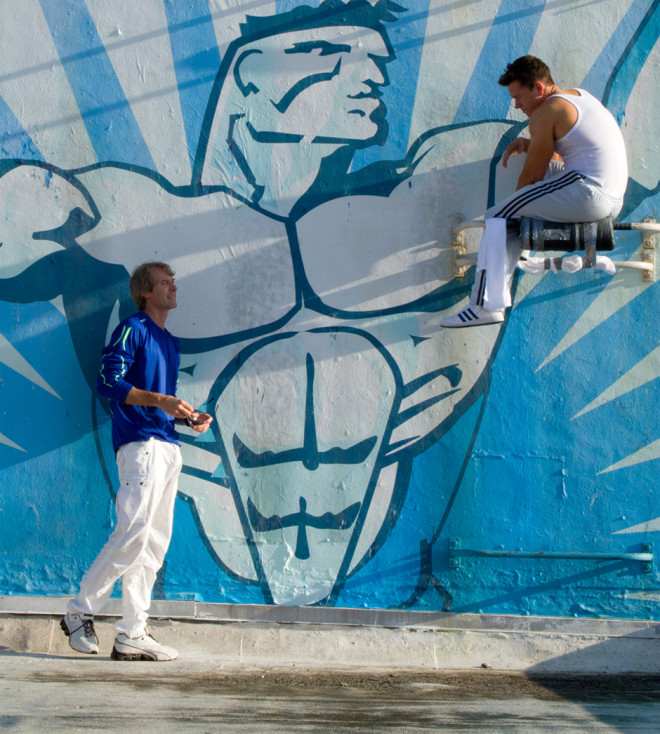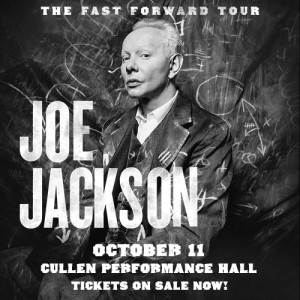Pain & Gain


The final charges are extortion, kidnapping, murder all motivated by greed and steroids. There’s also possession of a prize canine, but somehow the buffoonish trio manages to get their mitts on the dog by legal means.
Mark Wahlberg, Dwayne Johnson and Anthony Mackie are toned and buff, all playing bodybuilders and personal trainers for an exclusive Dade county spa. Perhaps the protein smoothies or growth hormones have gone to their head but under Walhberg’s leadership they plot to kidnap a wealthy client (Tony Shalhoub) and torture him until he basically signs over all his material wealth (home, business, bank accounts both local and offshore).
But Shalhoub’s character is like Rasputin. Even though the comic triad of bursting muscles try to kill him with alcohol, car wrecks and explosions he just won’t die. By the way, the actors really put on mass and muscle for this movie, and when you consider Wahlberg and Johnson are pretty fit to begin with that’s actually kind of scary.
The tone of P&G, its ridiculous manner isn’t really so much funny as it is stunningly jaw dropping. After Shalhoub escapes the police don’t really believe him. Enter Ed Harris as a private detective who takes on the case (pro bono since Shalhoub’s been stripped of his money). Meanwhile the bad guys have run through at least half-a-million in cash and need more funds so they plot to scam a porn king. When that goes south they kill him and his wife, and head down to the Home Depot to buy a chainsaw and other implements to bury the evidence.
Bay injects occasional graphic titles like “This story is still true” just when the story reaches even more astonishing proportions of disbelief. Bay also will freeze a frame and solarize it, both of these stylish dashes an obvious nod to the directorial influence of Tony Scott. This slam-bang method of mise en scène continues over the closing credits as we get a contrast and compare look at the actual trio. One did 15 years and is currently free; the other two were given the death penalty.
— Michael Bergeron














